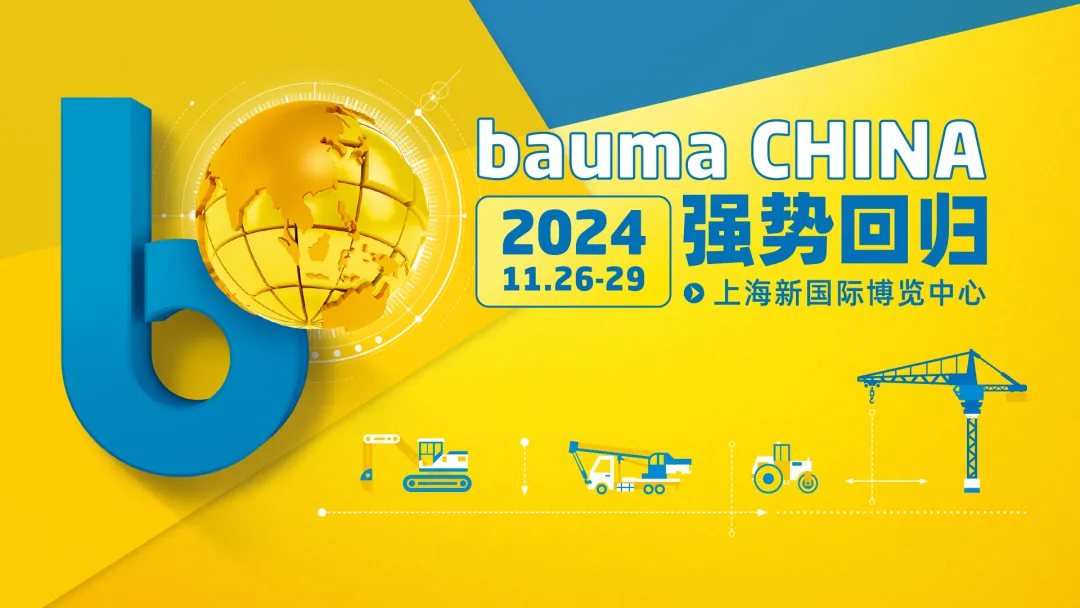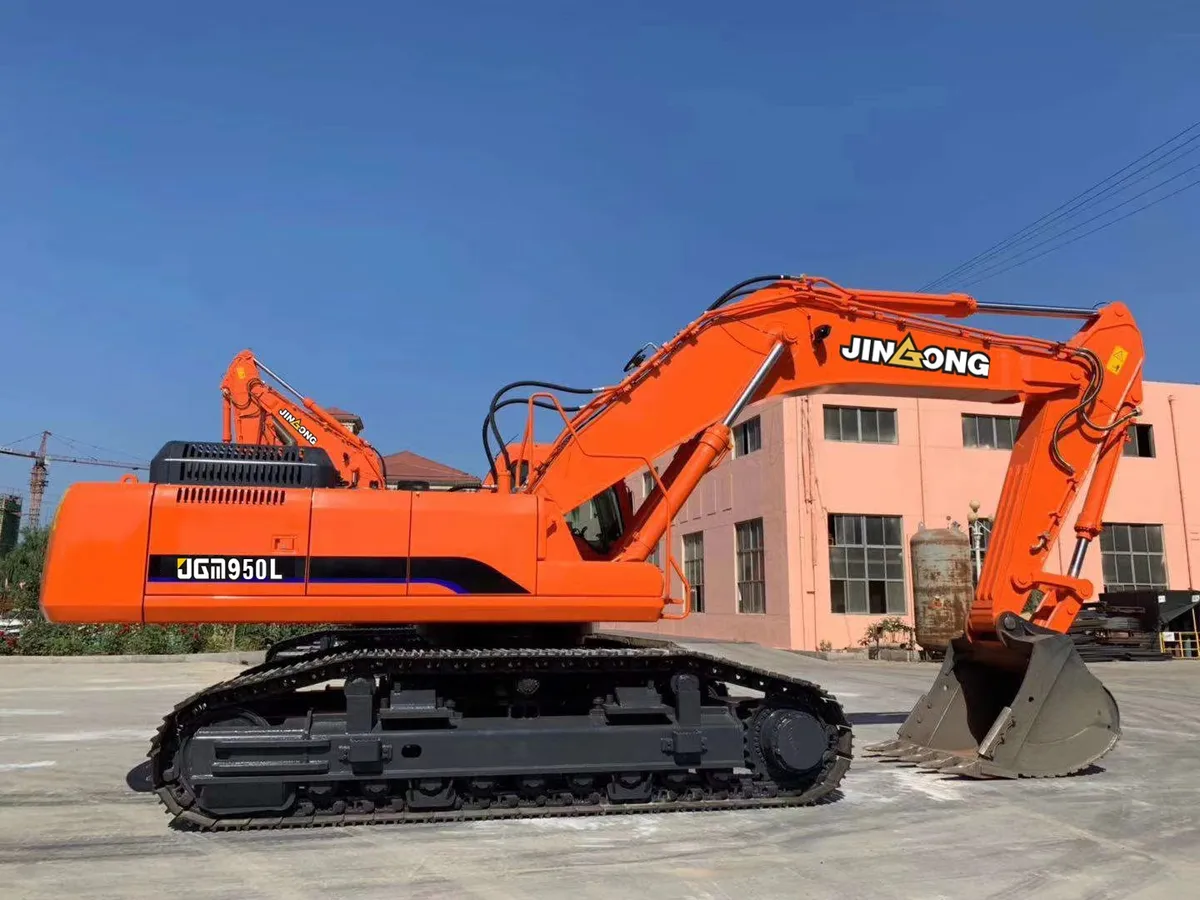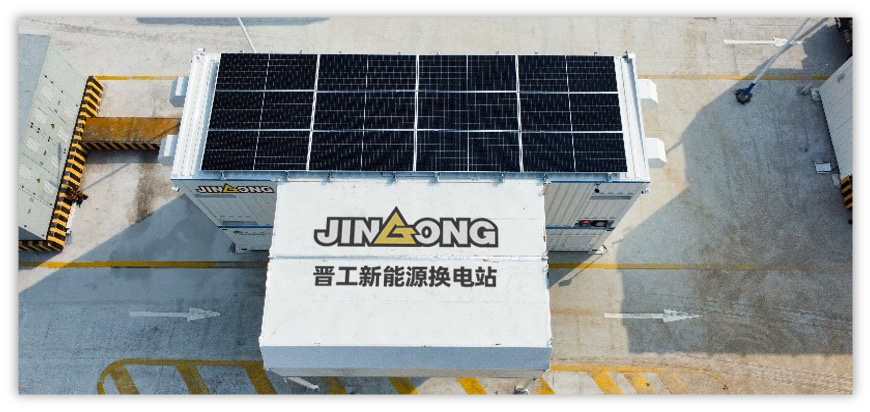Choosing the Right Attachment for Your Large Excavator: A Comprehensive Guide
Choosing the Right Attachment for Your Large Excavator: A Comprehensive Guide
Table of Contents
1. Introduction to Excavator Attachments
2. Types of Attachments for Large Excavators
2.1 Bucket Attachments
2.2 Demolition Attachments
2.3 Grapples and Clamps
2.4 Compactors and Rollers
2.5 Specialized Attachments
Jul 19,2025

Choosing the Right Attachment for Your Large Excavator: A Comprehensive Guide
Table of Contents
- 1. Introduction to Excavator Attachments
- 2. Types of Attachments for Large Excavators
- 2.1 Bucket Attachments
- 2.2 Demolition Attachments
- 2.3 Grapples and Clamps
- 2.4 Compactors and Rollers
- 2.5 Specialized Attachments
- 3. Determining Your Specific Needs
- 4. Matching Attachments to Projects
- 5. Key Factors to Consider When Choosing Attachments
- 6. Costs and Budgeting for Attachments
- 7. Maintenance and Care for Excavator Attachments
- 8. Conclusion
- 9. Frequently Asked Questions (FAQs)
1. Introduction to Excavator Attachments
Choosing the right attachment for your large excavator is crucial for maximizing productivity and efficiency on construction and excavation projects. Attachments can significantly enhance the versatility of your excavator, allowing you to tackle various tasks, from digging and grading to lifting and demolition. In this comprehensive guide, we will explore the different types of attachments available, how to determine your specific needs, and the key factors to consider when making your selection.
2. Types of Attachments for Large Excavators
Understanding the different types of attachments for large excavators is essential to ensure you select the right tools for your projects. Below, we categorize the most common attachments, providing insights into their specific applications.
2.1 Bucket Attachments
**Bucket attachments** are the most common type utilized with large excavators. They are primarily designed for digging, loading, and moving materials. There are several subtypes of bucket attachments:
- **General-purpose buckets**: Ideal for a range of materials, offering a balanced design for various tasks.
- **Heavy-duty buckets**: Designed for more challenging tasks, these buckets can handle tougher materials like rock or dense soil.
- **Trenching buckets**: Narrower and deeper than general-purpose buckets, they are perfect for digging trenches and foundations.
- **Sieve buckets**: Useful for sifting materials, allowing operators to separate debris from soil.
2.2 Demolition Attachments
Demolition attachments are essential for tasks that involve breaking down structures. These include:
- **Hydraulic hammers**: Perfect for breaking concrete, asphalt, and other hard materials, hydraulic hammers come in various sizes to suit different types of excavators.
- **Concrete crushers**: These attachments are specifically designed to crush concrete and can significantly speed up demolition projects.
- **Shears**: Used for cutting steel and other materials, shears offer precision and efficiency when dismantling structures.
2.3 Grapples and Clamps
**Grapples and clamps** are vital for material handling applications. They allow operators to grip and move bulky items safely. Types include:
- **Log grapples**: Specifically designed to handle logs and timber, these attachments are essential for forestry operations.
- **Universal grapples**: Versatile attachments that can handle various materials, including scrap metal, debris, and boulders.
2.4 Compactors and Rollers
**Compactors and rollers** are essential for site preparation and earthmoving tasks. These attachments help compact soil, gravel, and asphalt to ensure a solid foundation. Types include:
- **Plate compactors**: Ideal for small to medium-sized areas, plate compactors provide excellent compaction results.
- **Sheepsfoot rollers**: Used for larger applications, these rollers have specialized feet that penetrate the soil, ensuring thorough compaction.
2.5 Specialized Attachments
**Specialized attachments** cater to unique project requirements. Examples include:
- **Augers**: Perfect for drilling holes in the ground, augers are often used for fence posts or foundation work.
- **Hydraulic thumbs**: These attachments enhance the versatility of a bucket, allowing for better grip and control over materials.
3. Determining Your Specific Needs
Before selecting an attachment, it is crucial to evaluate your specific project needs. Consider the following factors:
- **Type of materials**: What materials will you be working with? Different attachments are designed for specific types of materials.
- **Project size and scope**: Larger projects may require specialized attachments that can handle heavy loads or cover vast areas.
- **Frequency of use**: If certain tasks are recurring, investing in high-quality attachments may be more cost-effective in the long run.
4. Matching Attachments to Projects
Understanding how to match attachments to specific projects can greatly affect your operational efficiency. Each type of attachment has its strengths and weaknesses, making it necessary to align these with the demands of your tasks.
For instance, if you're embarking on a demolition project, utilizing hydraulic hammers and crushers will expedite the process. On the other hand, if your project entails grading and leveling, a general-purpose bucket combined with a compactor would be ideal.
5. Key Factors to Consider When Choosing Attachments
When making your attachment selection, keep the following factors in mind:
- **Compatibility**: Ensure the attachment is compatible with your excavator model for seamless operation.
- **Weight**: Consider the weight of the attachment concerning your excavator’s lifting capacity. Overloading can lead to equipment failure or accidents.
- **Hydraulic flow rate**: Different attachments require different hydraulic flow rates. Ensure your excavator has the appropriate hydraulic specifications for the attachment you choose.
- **Brand reputation**: Opt for well-known brands that offer reliable and durable products. Investing in quality attachments can lead to lower maintenance costs and better performance.
6. Costs and Budgeting for Attachments
The costs associated with excavator attachments can vary significantly based on type, quality, and brand. It is essential to establish a realistic budget that considers both the upfront purchase price and long-term maintenance expenses. Here are some budgeting tips:
- **Research prices**: Compare prices from multiple suppliers to find the best deals without compromising quality.
- **Consider used attachments**: If you’re on a tight budget, consider purchasing used attachments. Just ensure they are in good condition and compatible with your excavator.
- **Factor in maintenance costs**: Quality attachments may have a higher upfront cost but could save you money on repairs in the long run.
7. Maintenance and Care for Excavator Attachments
Proper maintenance of excavator attachments is crucial for longevity and performance. Here are some essential maintenance tips:
- **Regular inspections**: Frequently inspect attachments for wear and tear. Look for cracks, bent parts, and excessive wear on cutting edges.
- **Cleaning**: After use, clean attachments to prevent debris buildup, which can affect performance.
- **Lubrication**: Ensure all moving parts are adequately lubricated to reduce friction and prevent premature wear.
- **Storage**: Store attachments in a dry, protected area to minimize exposure to the elements, which can lead to rust and decay.
8. Conclusion
Choosing the right attachment for your large excavator is a critical decision that can impact your project’s efficiency, safety, and cost-effectiveness. By understanding the different types of attachments, evaluating your specific project needs, and considering key factors like compatibility and budget, you can make informed choices that will enhance your operational capabilities. Investing time in selecting the right attachments will ultimately lead to better outcomes and improved productivity on the job site.
9. Frequently Asked Questions (FAQs)
What is the most common type of excavator attachment?
The most common type of excavator attachment is the bucket, specifically designed for digging and moving materials.
How do I know which attachment is compatible with my excavator?
Check the specifications provided by your excavator's manufacturer and compare them with the attachment’s requirements.
Can I use attachments from different brands on my excavator?
Yes, as long as the attachments meet the compatibility criteria in terms of hydraulic flow and size.
What maintenance do excavator attachments require?
Excavator attachments require regular inspections, cleaning, lubrication, and proper storage to ensure longevity and performance.
Are used excavator attachments worth buying?
Used attachments can be a cost-effective option; however, ensure they are in good condition and compatible with your excavator before purchasing.











